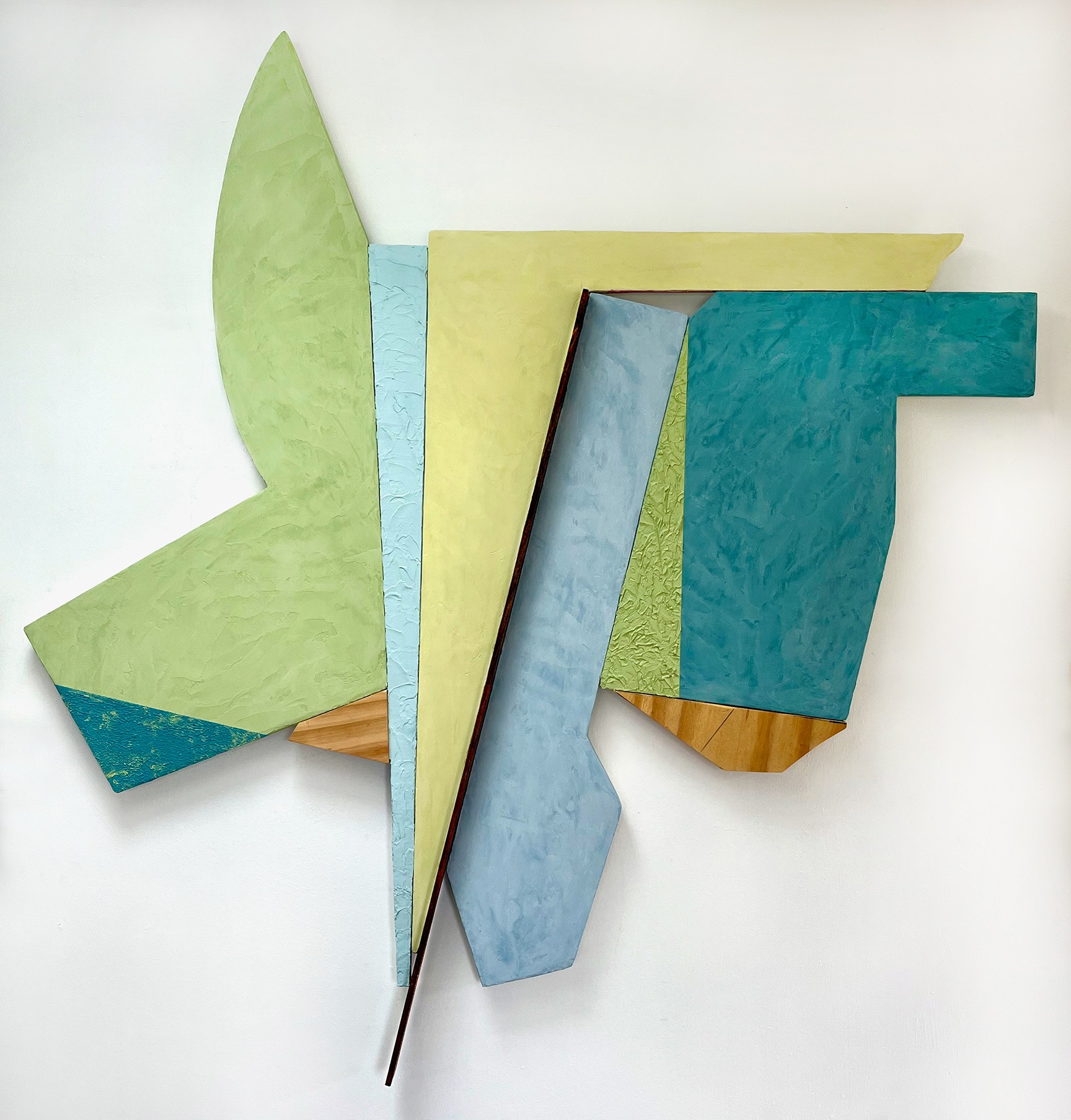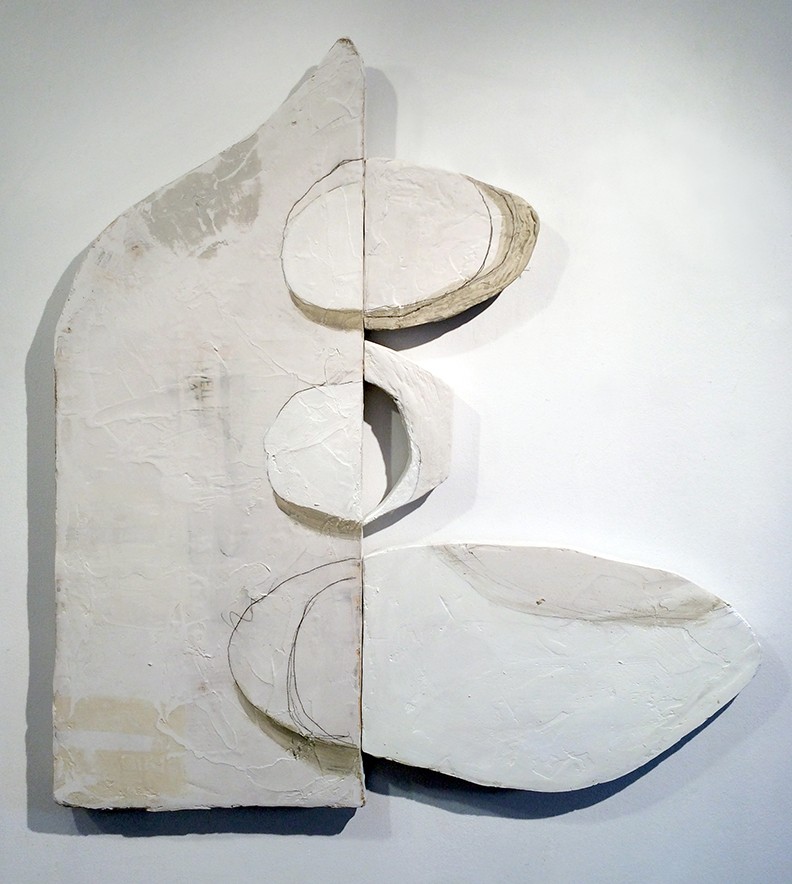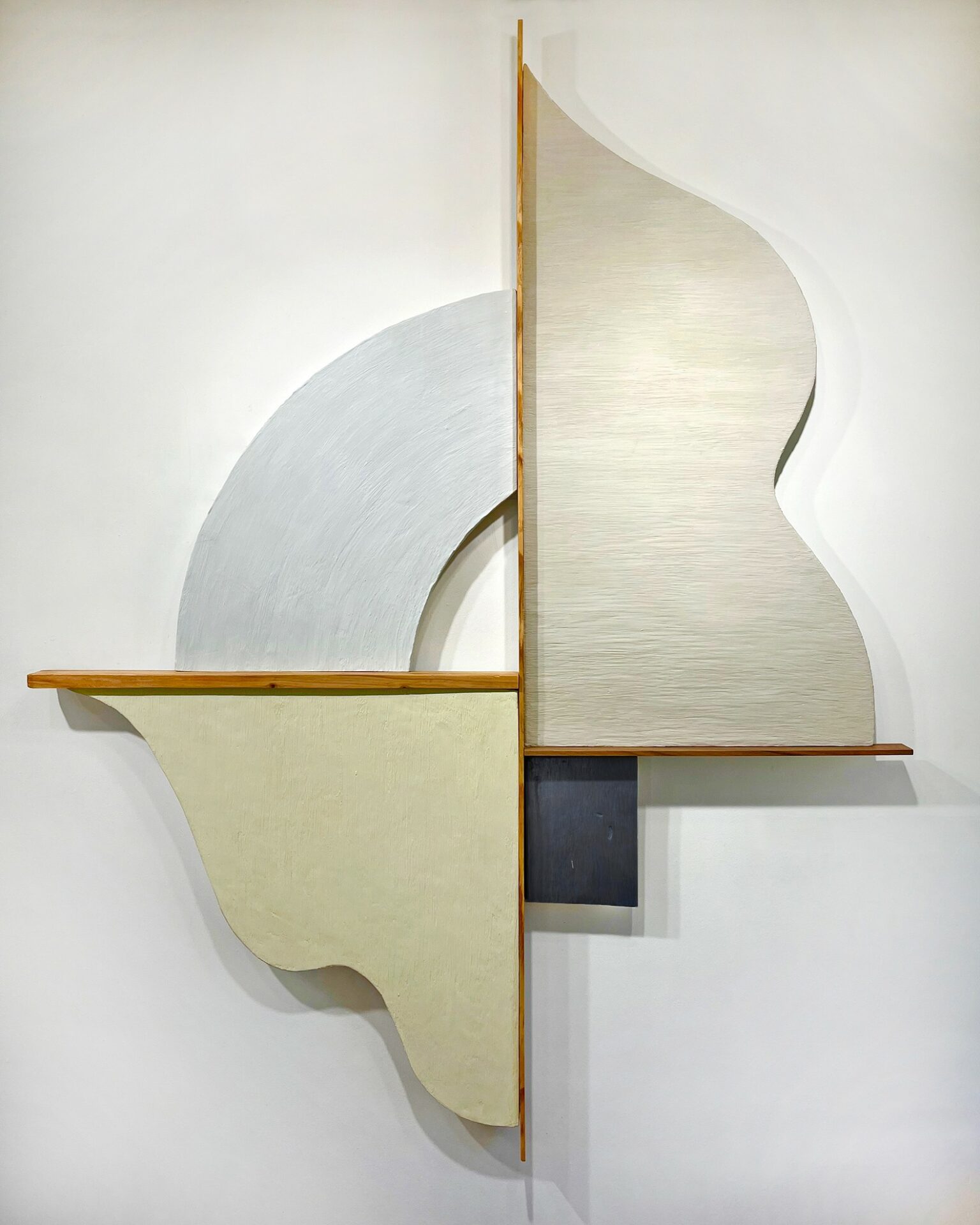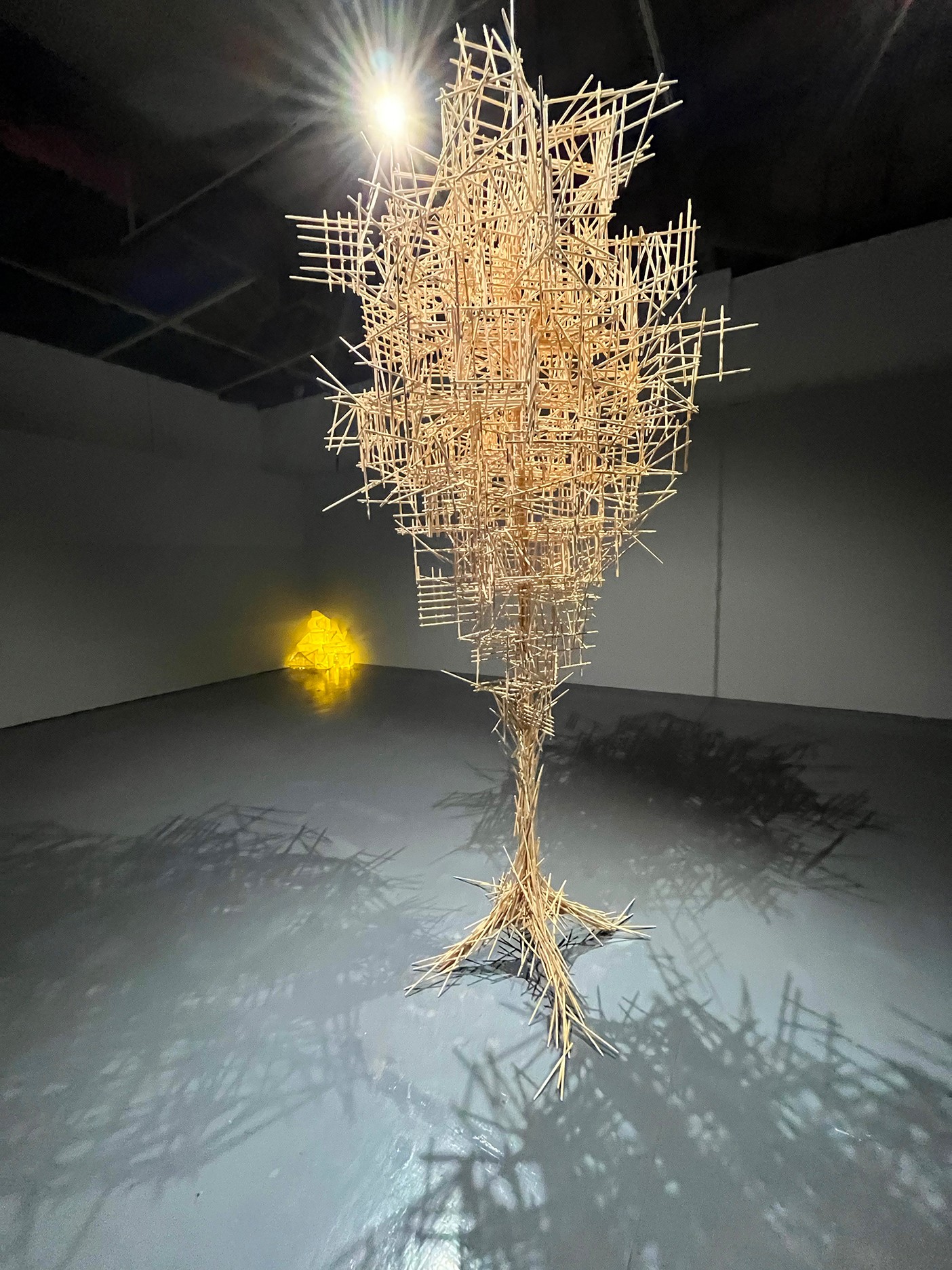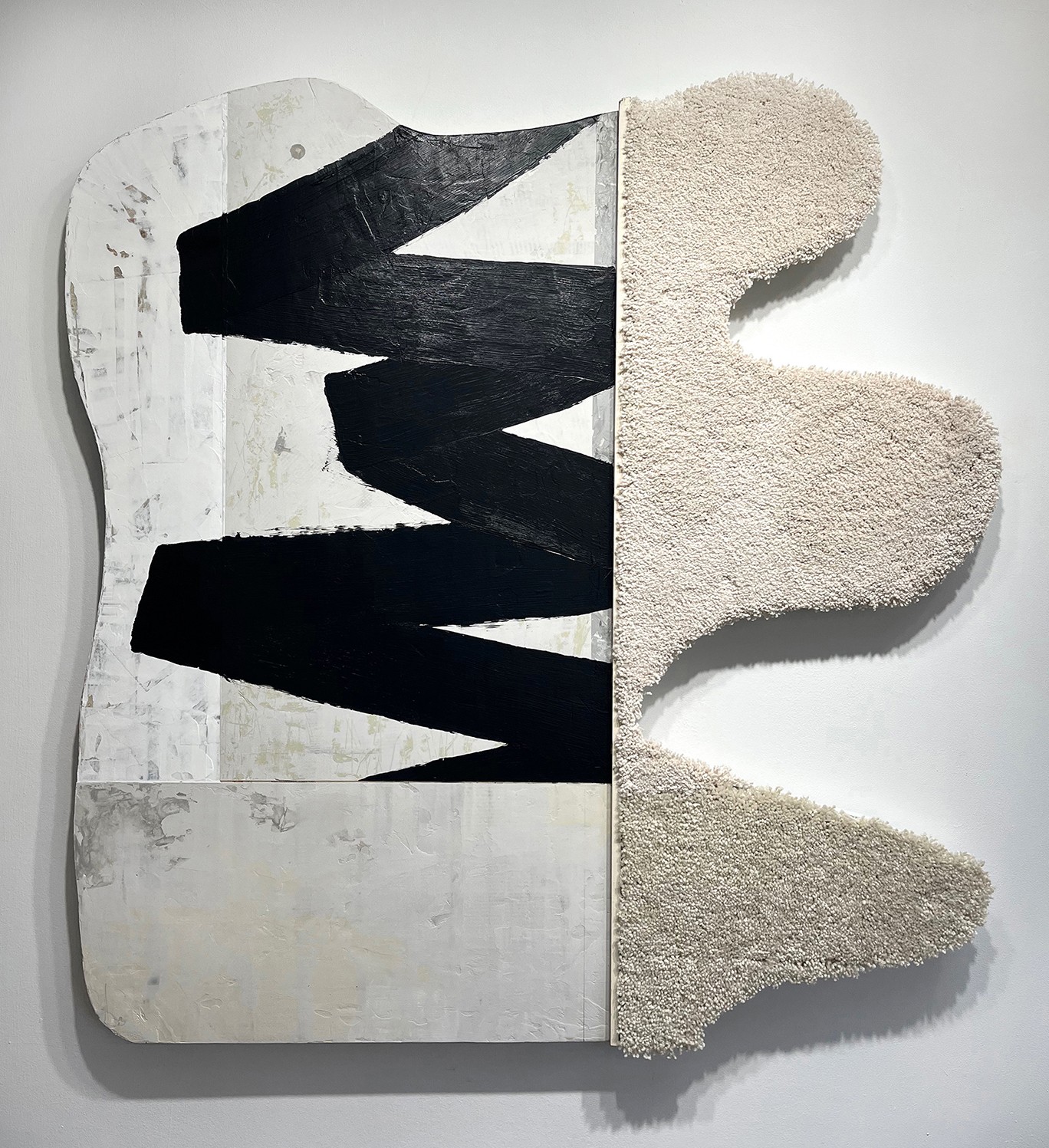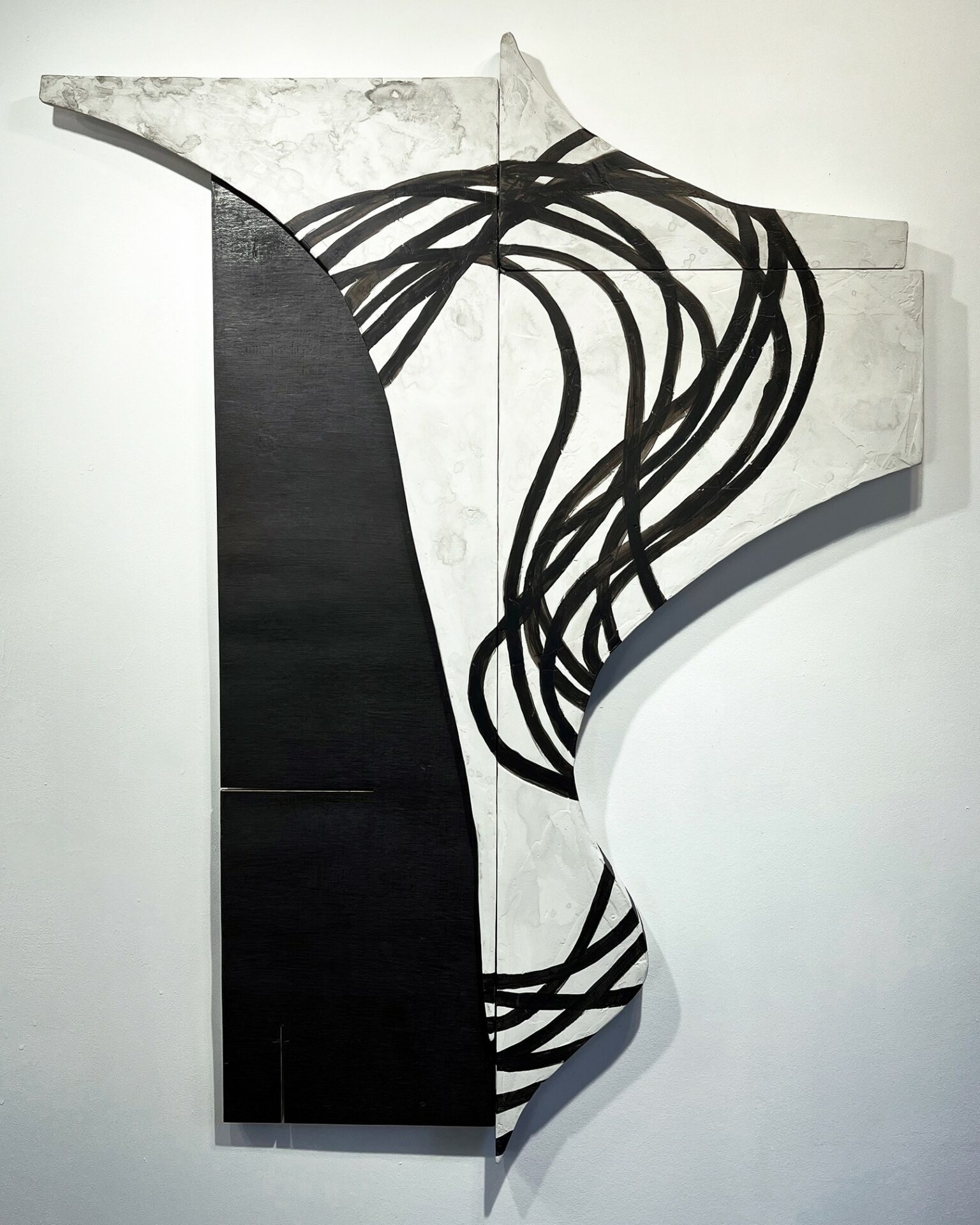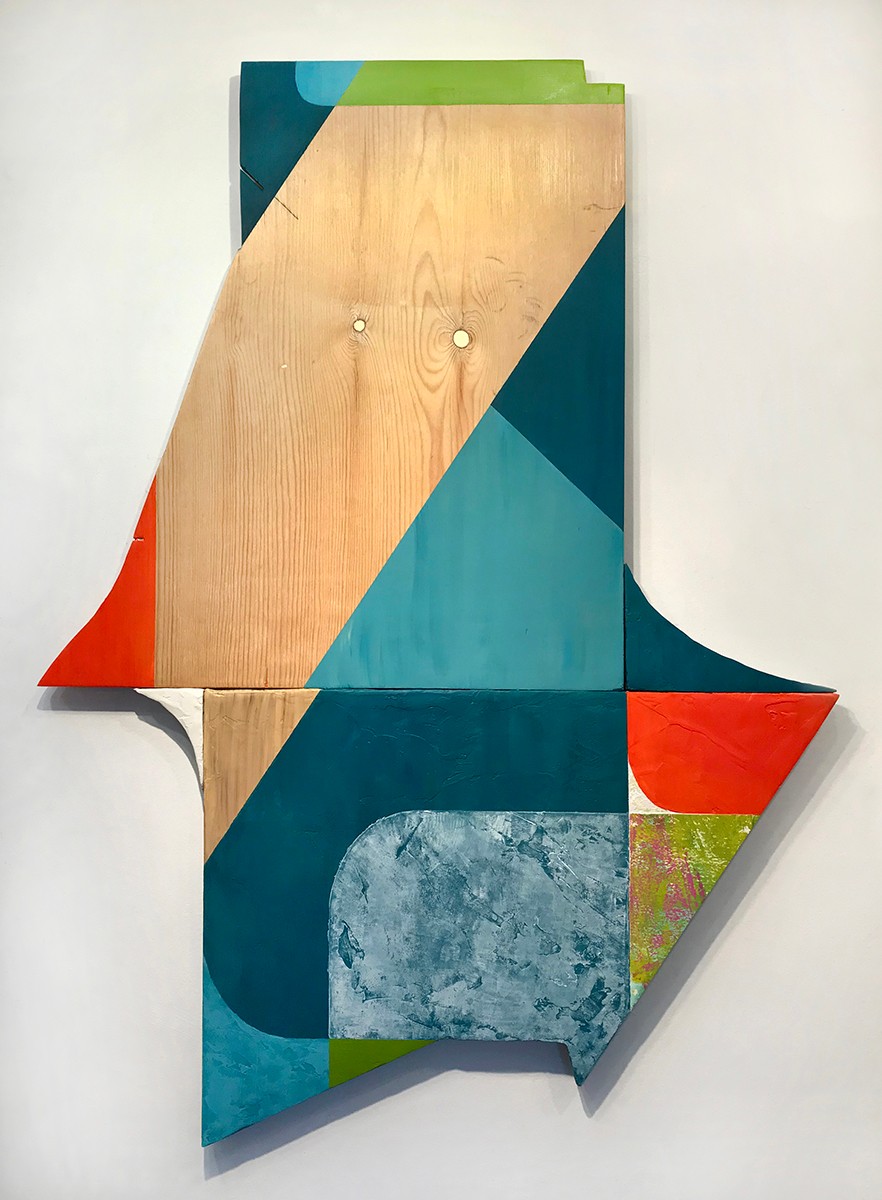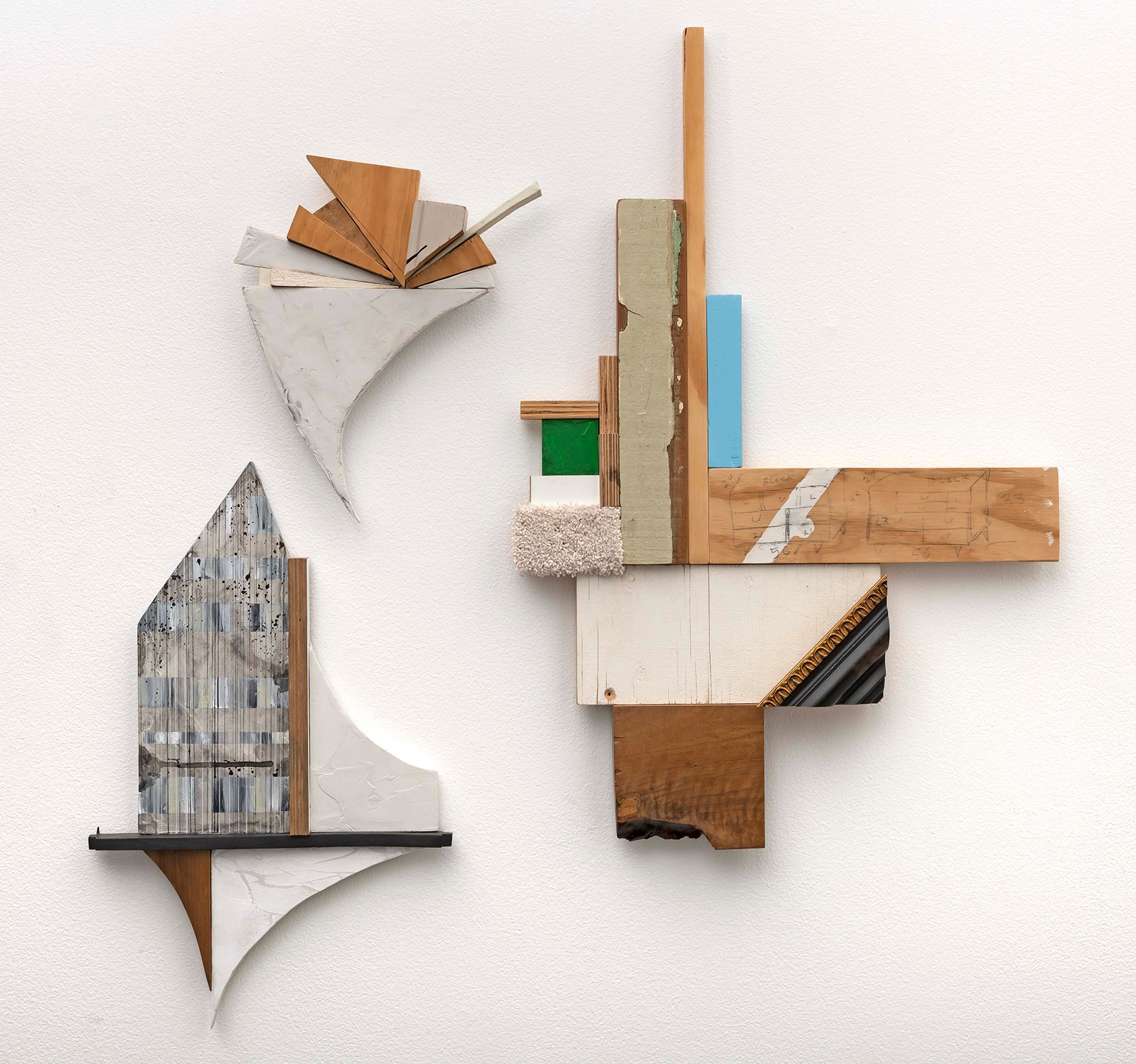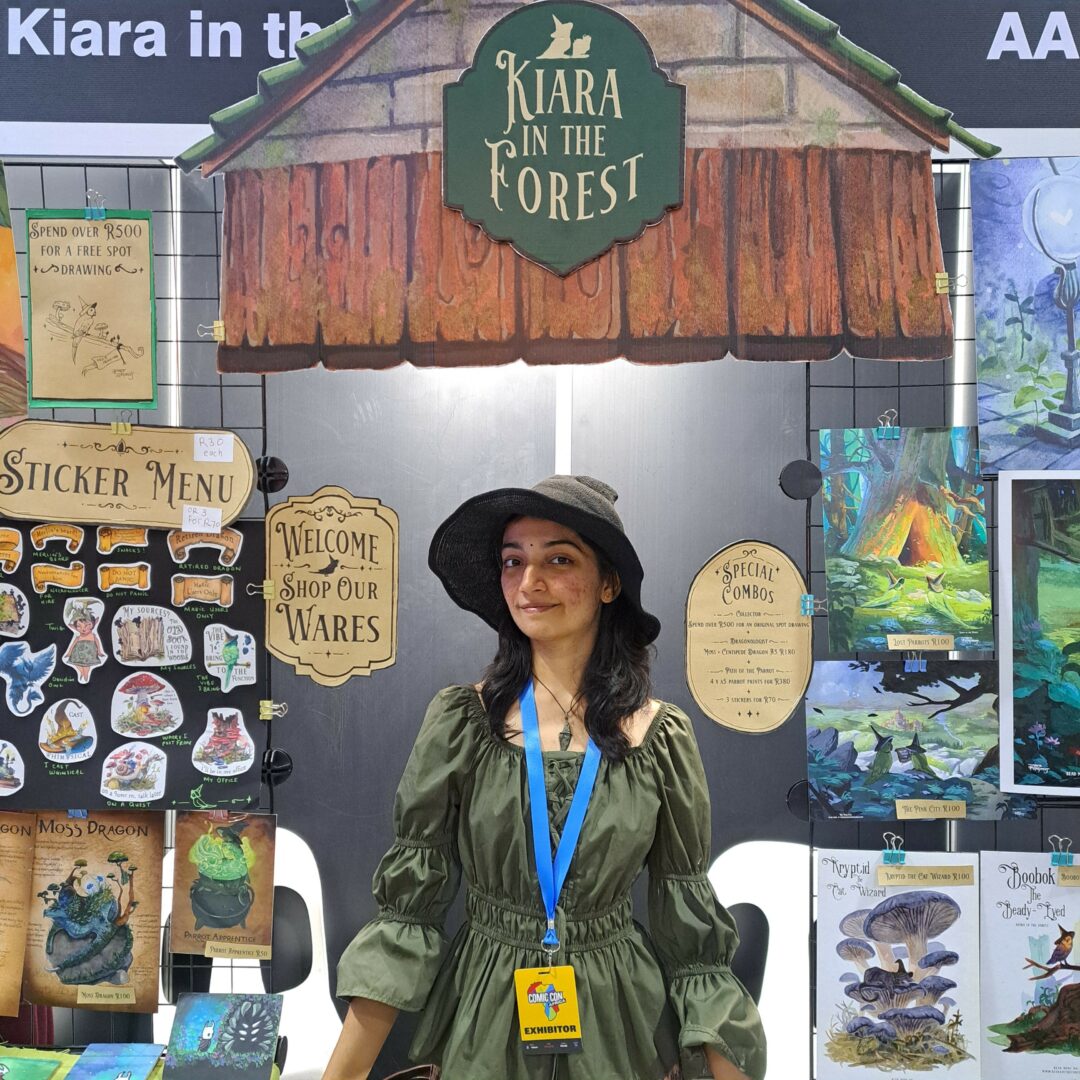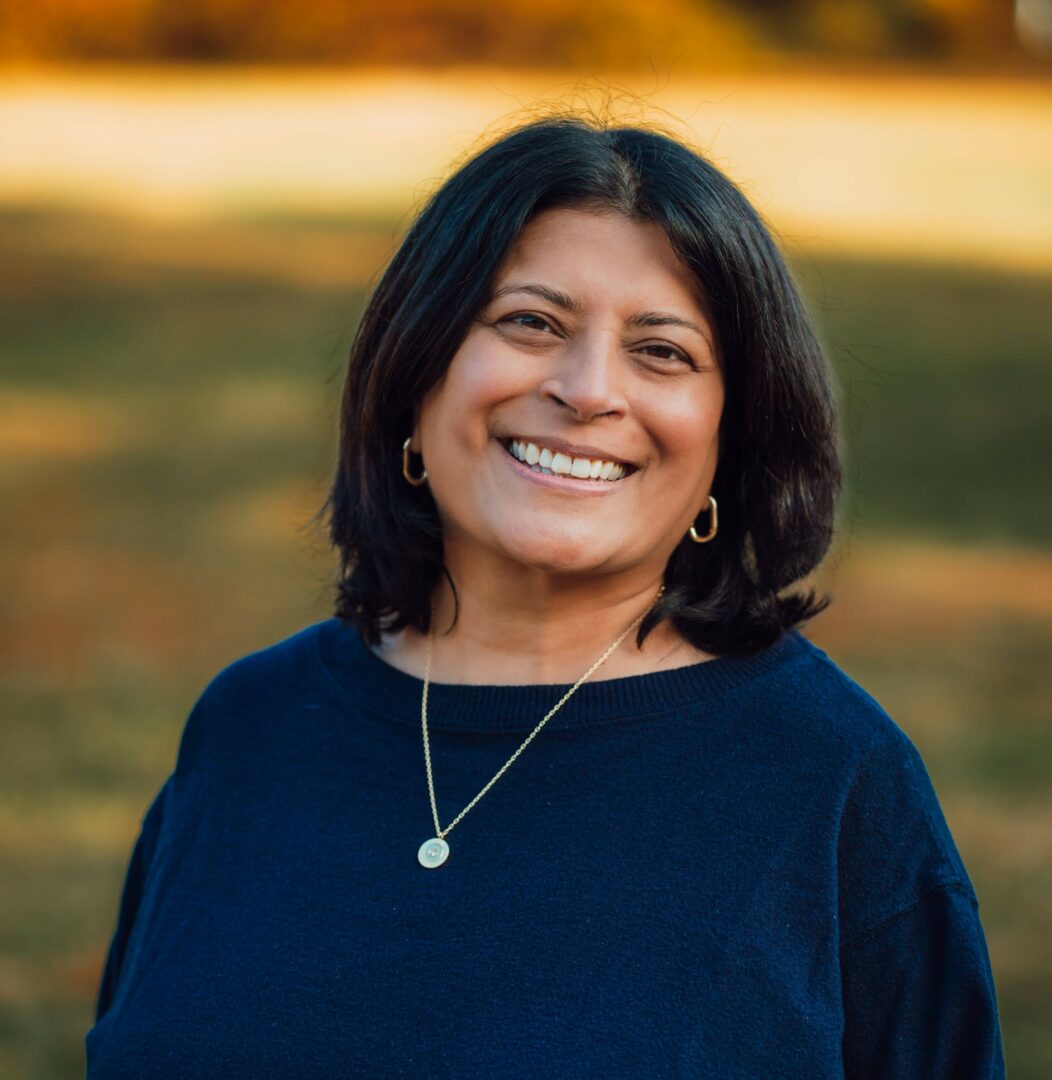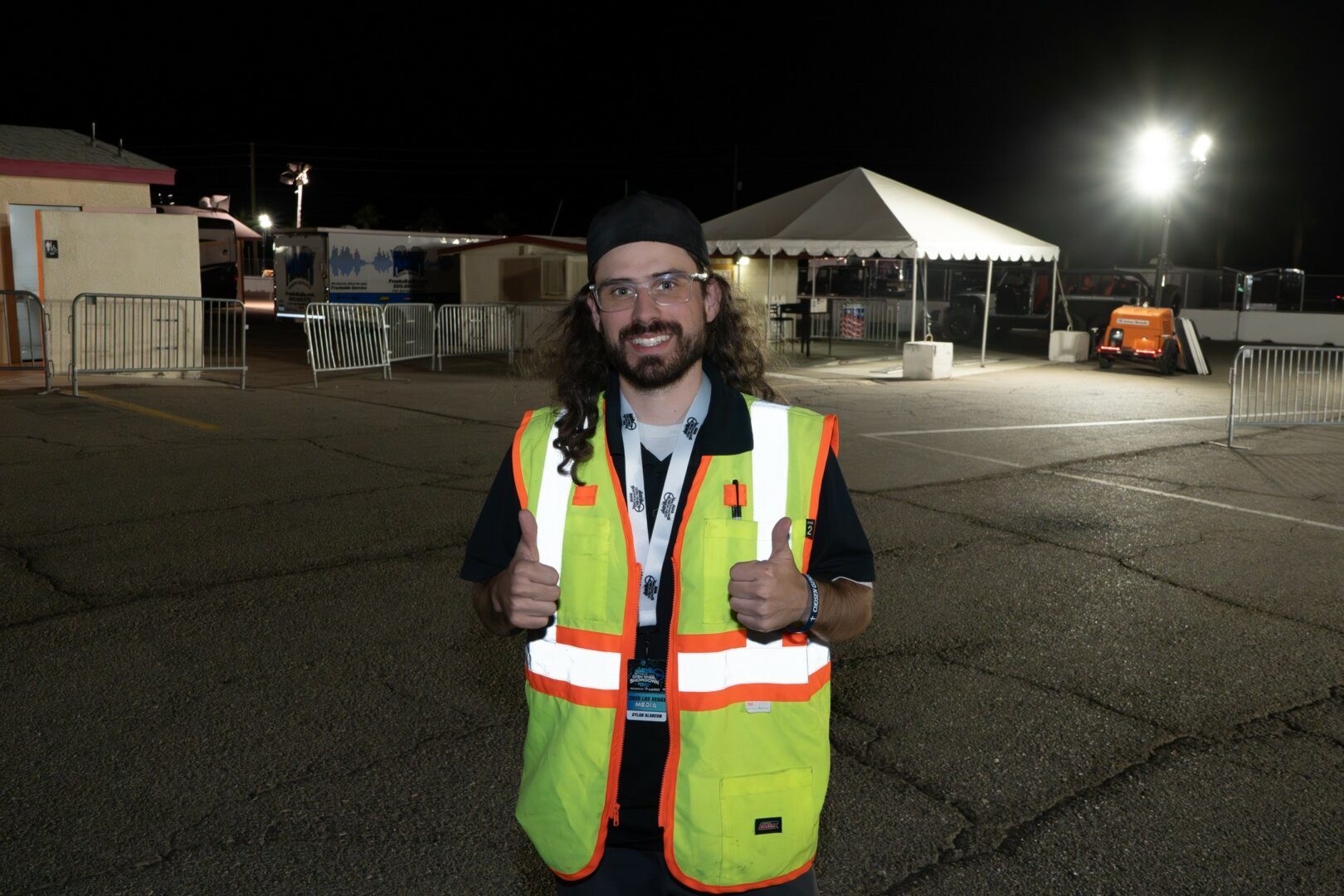Alright – so today we’ve got the honor of introducing you to Valerie Wilcox. We think you’ll enjoy our conversation, we’ve shared it below.
Valerie, thanks so much for taking the time to share your insights and lessons with us today. We’re particularly interested in hearing about how you became such a resilient person. Where do you get your resilience from?
Have you ever felt like you didn’t fit in? I grew up extremely shy and I was teased for not looking like others (with my curly red hair). I didn’t know how to stick up for myself, I didn’t feel like I was heard and I had to develop a way to overcome this.
One way I found to deal with this was with humor. My family shared a lot of laughs and there was a good deal of witty banter between us. So, I was comfortable using humor to defuse an uncomfortable or awkward situation and it gave me a sense of belonging because we were now all laughing together. I felt less vulnerable and gained confidence in my ability to handle those situations.
Overcoming my shyness has been a work in progress — as an artist and throughout my life. Taking on things that I didn’t think I could do, such as acting and dancing in front of an audience, speaking in public and running a company has all been instrumental in prevailing over my self-consciousness. Being part of an art community has also been invaluable to me.
This thinking follows into my art practice. The intent for my artwork is to reveal the awkward moments that we all have and also use a bit of humor in the unexpected sculptural shapes and quirky configurations. I want my work to feel accessible and relatable. I use a combination of salvaged wood and scrap materials in my artwork. Much of my work includes wood found from home demolitions or remodels and I like these scraps to share a sense of their previous usage and history. Others may consider these elements flawed, unacceptable or even trash, but I’m giving them opportunities to fit in, have a voice, find a place where they are accepted — where they are no longer considered misfits. They are now seen as having value and are often the key elements in a piece. My intention is for the work to be a hopeful reminder that there’s beauty in the imperfections, forgiveness for our perceived flaws and second chances for us all.
Thanks, so before we move on maybe you can share a bit more about yourself?
When I was very young my first love was with clothing design– I wanted to be a fashion designer. I learned to sew very early on from my mother. I found I had a good understanding of three dimensions and how to build structures starting from flat patterns. I had worked at a costume shop, made clothes for friends, started a business with a New York designer doing fashion shows to sell my designs and of course made most of my own clothes.
In college, I planned to focus on fashion design, but there were some big shakeups in the program that gave me second thoughts. I had an uneasy sense that a degree in fashion might not get me where I wanted to be.
I’d been painting and designing all throughout school, and I had a great interest in graphic design. So, I got a BFA in Graphic Design from California State University Long Beach while also taking fine art courses. I then worked for design firms for many years before starting my own design business. This was a big risk, but having a good work ethic with my clients and a dedication to creating unique and successful designs, I fortunately had a successful business going.
I enjoyed creating branding, packaging and marketing materials for a variety of clientele including Avia, Beverly Hilton Hotel and many clients in the beauty industry. I received some awards and got into a few design annuals along the way.
However, around the early 2000’s the design field started changing to the point that I started phasing out my design business, picked up more fine art classes and concentrated on my art.
It kind of felt like starting over. I then got involved in local art groups, artist organizations like Los Angeles Art Association (LAAA) and started showing my work. Getting to know other artists and networking with your peers is vital as an artist. You can learn so much about the art world from these friendships. You never know who will be the next person to curate your work into a show, or where referrals may come from.
I’m currently involved in the local artist-run collective Durden and Ray. We curate art shows both locally in our gallery in downtown Los Angeles as well as internationally. I’ve been able to do a couple of international artists residencies through them as well; a one month residency in Stockholm and one month in Taiwan this last year. I worked with salvaged and sourced materials that I found in both places. In Taiwan, I created a sculptural installation using over 2,000 chopsticks to represent their food-centric culture and Tainan’s 400th anniversary of their city’s history of growth and strength.
Over the years I’ve switched back and forth between being a painter and a sculptor, however there has always been a consistent thread of three-dimensionality in my creativity; from clothing design, packaging design and a great interest in design and architecture. In my current art practice, I’ve found a consistent theme that allows me to combine all these skills. I call this body of work, “Constructs,” and it has given me the freedom to work across dimensions, media and with an endless variety of materials. My practice also includes art installations and corporate and private commissions.
If you had to pick three qualities that are most important to develop, which three would you say matter most?
Resourcefulness.
Being grateful.
… and always a sense of humor, don’t take yourself too seriously.
Is there a particular challenge you are currently facing?
I’m challenged with having enough time to make work, to market myself (social media, website, marketing materials), stay up on current shows and galleries, as well as keeping a healthy balance of family, friends and other activities.
It’s a matter of scheduling your time and staying focused with all the distractions we have in our lives. I pick one day a week for the marketing side of my business; a couple times a week for social media and I get out to see shows at every opportunity. Being a professional artist is a business, and you really must treat it as such.
My meditation practice has suffered lately as well and I need to get that going again. Ironically, when you don’t think you have time for meditation, is exactly when you need it most. The mind is less frantic, more relaxed and you are able to organize your day better. I do practice “living meditations” while walking or doing activities like gardening. I focus only on that activity. I find it helps to reset a busy mind and handle daily challenges.
Contact Info:
- Website: www.valeriewilcox.com
- Instagram: @valeriewilcox_art
- Facebook: https://www.facebook.com/vcwilcox/
- Linkedin: https://www.linkedin.com/in/valeriewilcox/
- Youtube: https://www.youtube.com/@vcwilcox1
